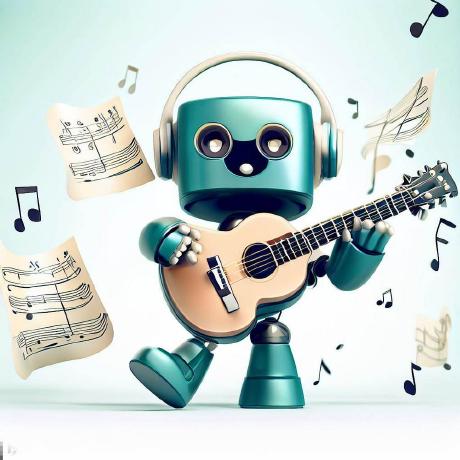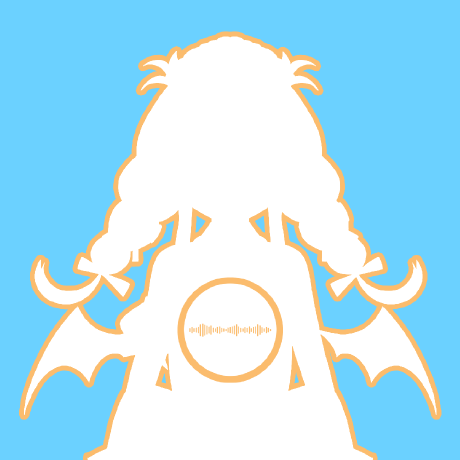Discover and explore top open-source AI tools and projects—updated daily.
open-musiclm by  zhvng
zhvng
PyTorch implementation of Google's MusicLM text-to-music model
Top 58.3% on SourcePulse
This repository provides a PyTorch implementation of Google's MusicLM text-to-music model, targeting researchers and developers interested in generative audio. It offers a functional alternative to the original by substituting key components with publicly available, pre-trained models like CLAP, Encodec, and MERT, enabling faster experimentation and broader accessibility.
How It Works
The implementation models audio generation as a sequence-to-sequence task. It leverages CLAP for joint audio-text representation, Encodec for neural audio compression into discrete tokens, and MERT for acoustic understanding. Conditioning signals are autoregressively modeled and passed into transformers, differing from the original MusicLM's cross-attention approach. This modular design allows for easier experimentation with different conditioning signals and stereo generation.
Quick Start & Requirements
- Install via
conda env create -f environment.yamlandconda activate open-musiclm. - Requires Python, PyTorch, and specific dependencies listed in
environment.yaml. - Training involves multiple stages: CLAP RVQ, Hubert K-means, and then the semantic, coarse, and fine audio generation stages.
- Inference scripts are provided for generating audio from text prompts.
- Official checkpoints for
musiclm_large_small_contextare available.
Highlighted Details
- Replaces MuLan with CLAP, SoundStream with Encodec, and w2v-BERT with MERT.
- Autoregressively models conditioning signals, differing from MusicLM's cross-attention.
- Supports variable token sequences for easier experimentation.
- Provides scripts for training and inference, including a top-match inference option.
Maintenance & Community
- Developed by zhvng, with contributions acknowledged from Okio (Nendo) and @lucidrains.
- A Discord server is available for community involvement.
Licensing & Compatibility
- The repository itself is not explicitly licensed in the README.
- Dependencies (CLAP, Encodec, MERT) have their own licenses, which may impact commercial use or closed-source linking.
Limitations & Caveats
The project aims for rapid replication rather than a strict adherence to the original MusicLM architecture. The effectiveness of CLAP's latent space for music generation is still under evaluation, with potential for retraining or substitution if needed. Pre-trained checkpoints are experimental.
2 years ago
Inactive

 Audio-AGI
Audio-AGI EmulationAI
EmulationAI playht
playht lucidrains
lucidrains jishengpeng
jishengpeng declare-lab
declare-lab FunAudioLLM
FunAudioLLM gpt-omni
gpt-omni MoonshotAI
MoonshotAI facebookresearch
facebookresearch svc-develop-team
svc-develop-team